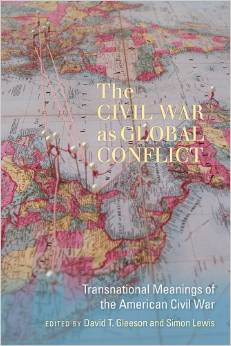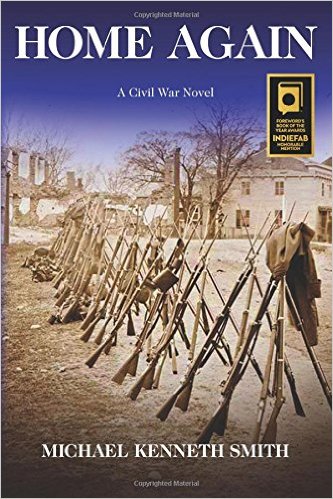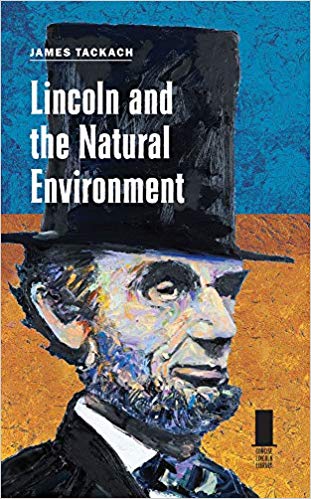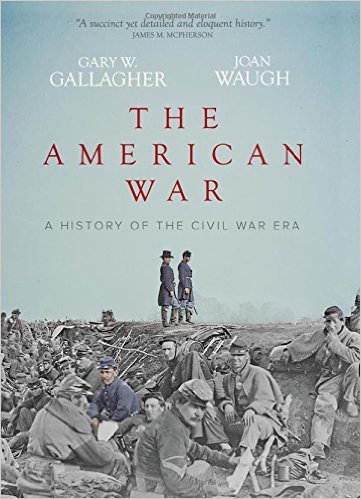The Civil War as Global Conflict: Transnational Meanings of the American Civil War edited by David T. Gleeson and Simon Lewis. University of South Carolina Press, 2014. Cloth, ISBN: 978-1611173253. $49.95.

The literature on the global aspects of the American Civil War has been flourishing in the last decade. Studies by R. J. M. Blackett (Divided Hearts: Britain and the American Civil War [2001]), Edward Rugemer (The Problem of Emancipation: The Caribbean Roots of the American Civil War [2008]), Howard Jones (Blue and Gray Diplomacy: A History of Union and Confederate Foreign Relations [2010]), and others have challenged the accepted wisdom in familiar fields and scrutinized the less explored relations of the American conflict to other parts of the world, such as Central Europe, Egypt, and the Caribbean. Each of these works has shed light on the Civil War and on the wider world in which it took place, as well as on the interaction between them.
The Civil War as Global Conflict, a collection of essays edited by David Gleeson and Simon Lewis, aims to broaden scholars’ understanding of the conflict in its global context by examining “neglected” issues such as “ethnicity, national identity, gender and memory” (2). Moreover, self-consciously situating itself among the war’s sesquicentennial commemorations, the book aspires to enrich the public discussion about the conflict and the way it is remembered in the United States. Particularly, “[i]n opening out new trajectories of thinking about the war,” it aims to “promote a South where public memory can be less contested and society thus less conflictual” (6). To achieve its goals, the book brings together historians and scholars from related fields (e.g., media studies) as well as “cultural workers” (e.g., a Civil War re-enactor) who are “deeply invested in the lived experience of the Civil War” (11) to offer another look at the war from a vantage that transcends the national perspective.
The book is an excellent read, and the essays offer professional historians new avenues to explore, as well as fresh views on familiar subjects. For example, in his study on British racial thought in the Civil War era, Hugh Dubrulle makes an insightful differentiation between Britons’ racial perceptions and their views on slavery (59). This enables him to discuss “different hues of [British] racism” that have often escaped historians’ eyes, and to introduce racism into the decades-long debate about the Civil War’s impact in Britain and Britons’ response to it, as a distinguished and nuanced concept that might alter the study of these questions. For one thing, it might become evident that the war did not challenge but rather confirmed British racial discourse, as Dubrulle suggests (58). Without conceding its high academic standards, the book remains accessible to a wider educated audience, and the richness of subjects discussed in the essays – such as warfare, international relations, and popular culture – provides an array of access points into the field. With the bulk of existing scholarship directed primarily to and consumed largely by professionals, this is a noteworthy and timely achievement.
As a whole, the collection flags up two key points in particular. The first concerns the limits of the war’s scope and impact, made evident when the conflict is set in a global context. Although this notion is not entirely new, the book provides intriguing examples to advance it. Neils Eichhorn, for instance, demonstrates that for Europeans, the war, when compared to alarming developments on the Continent, held only a secondary importance. Drawing attention especially to rising tensions in the Rhine River area, he shows that the conflict in America was often considered a potentially dangerous distraction. From a different perspective, Aaron Sheehan-Dean’s point of departure in his work on the limits of the atrocities committed in the Civil War is that although the war was the bloodiest in American history, its violence was dwarfed by that of contemporary conflicts around the world, chiefly China’s Taiping rebellion (1850–1864) and the Paraguayan War (1864–1870). Focusing on the limits of the Civil War thus helps, inter alia, to explain the European reaction to it, and to expose some of the often overlooked elements that shaped it and made it less brutal then other conflicts were.
A second point is the benefit of considering the war’s legacy, memory, and later representations in a global – rather than in solely an American – context. Few studies have taken this path, and the collection provides thought-provoking examples for its potential contribution to the study of the war and its aftermath. Amanda Foreman, for instance, compares the legitimate political status given to former IRA leaders Martin McGuiness and Gerry Adams in the United Kingdom and Ireland since the early 2000s with that of former Confederate operatives Jacob Thompson and Luke P. Blackburn after the Civil War. “[I]n both eras” Foreman writes, making a valid point, “apathy combined with an overriding desire for peace proved stronger than the cries for due process” (293). Further research in this direction could rescue from its lasting isolation the discussion about post-Civil War reconciliation and about the moral flaws of the war’s legacy in the United States, and explain better the forces that shaped post-war American society and the war’s memory.
Although memory is stated to be one of its main themes, the collection does not engage with questions of whether, how, and why the war has been commemorated outside the United States. This is something of a missed opportunity, especially considering the wonderful material the book features. For example, the re-enactor Joseph McGill testifies that he has been re-enacting the war to “tell the story of the two hundred thousand or so African American men who fought for the Union” (289). However, American Civil War re-enactment is not confined to the United States. Since the 1960s, it has been popular in Britain, too, and at least two societies of devotees are still active. Many British re-enactors celebrated the war’s centennial fifty years ago, and many celebrate its sesquicentennial today. Why do Britons want to act out the stories of Americans? And do they tell the same stories as their American counterparts? This collection would have been a natural platform to raise such questions, expose similar phenomena elsewhere, and tell us something about why and how non-Americans have been commemorating the American conflict.
Dr. Nimrod Tal teaches American History at the Kibbutzim College of Education, Technology and the Arts in Israel. He earned a D.Phil. at Oxford with a thesis titled, “The American Civil War in Twentieth Century Britain: Popular, Political, Military and Intellectual Legacies.”




